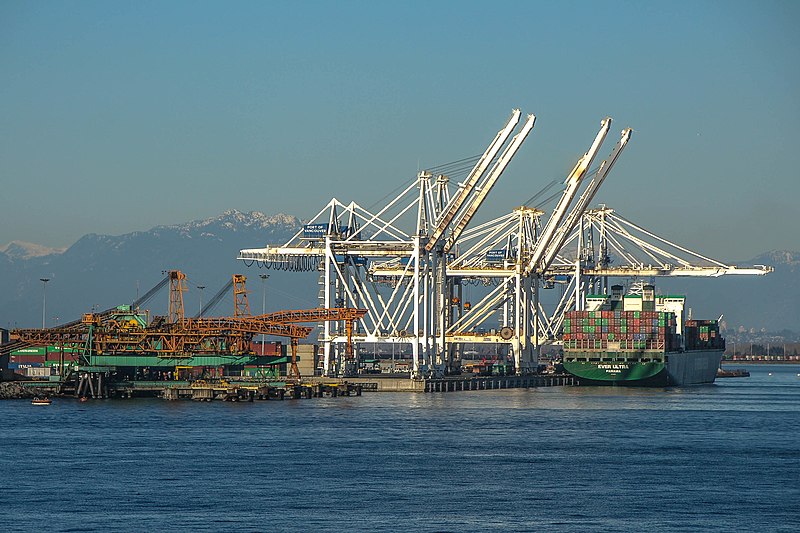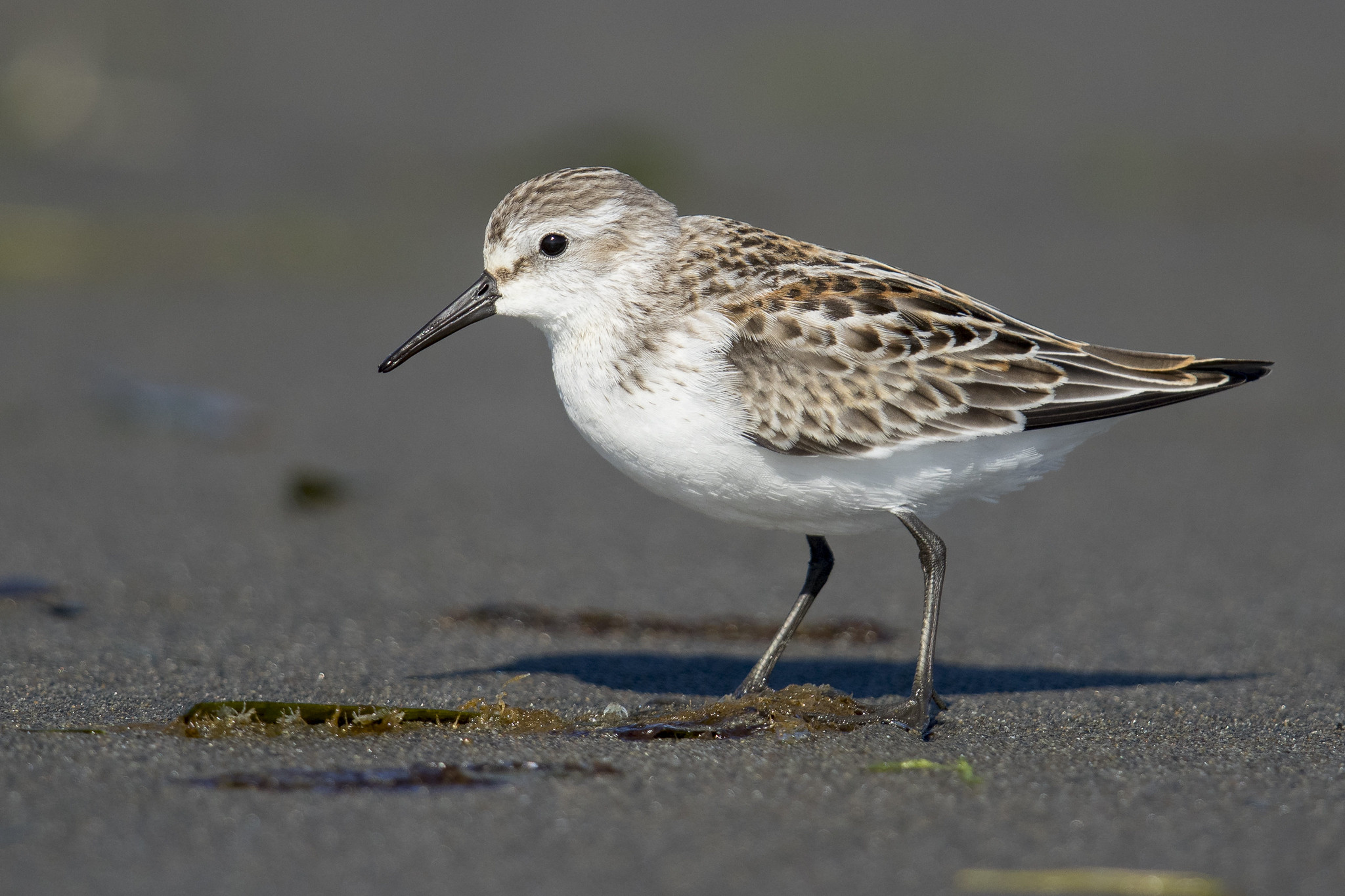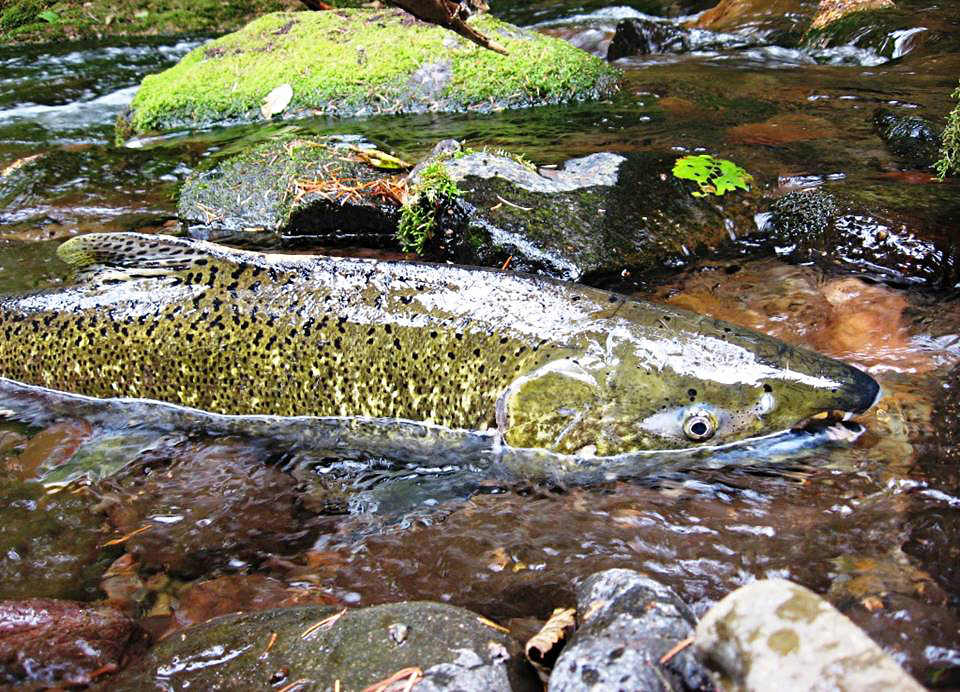
Container Ship Loading at Roberts Bank Terminal, January 25, 2009.
Photograph: Murray Foubister, licensed under CC BY-SA 2.0
Picture the British Columbian coastline. You likely imagine a view of the beautiful Salish Sea framed by snow-capped mountains. The reality? A coastline teaming with cargo ships, blocking the mountains and arguably ruining your ideal Instagram photo.
Now, imagine an additional 140 cargo ships added to that picture. That is the reality if the Roberts Bank Terminal 2 project is approved and constructed in the Fraser River Delta. The Vancouver Fraser Port Authority currently plans on adding an entire new three berth terminal, allowing for 33% more ships of larger size than those currently accommodated. As stated by Raincoast Conservation Foundation’s David Scott, this would turn the Fraser River Estuary into a “giant parking lot.”
Aesthetics aside, the terminal poses a significant threat to its surrounding ecosystem and has recently been under fire from ecological and conservation organizations. Some major impacts include those to the endangered southern resident orcas, the western sandpiper, and chinook salmon. It is our duty as British Columbians to fight to preserve our unique and fragile landscape. Due to these adverse effects on our ecosystem and its inhabitants, the Roberts Bank Terminal 2 project should not proceed.

Southern Resident Orcas, February 21, 2015
Photograph: Miles Ritter, licensed under CC BY-NC-ND 2.0
The southern resident orcas have become an admired part of the Vancouver ecosystem, even taking its place as the mascot to our NHL team. However, in recent years, they have become increasingly rare. The proposed construction of Roberts Bank Terminal 2 poses a significant threat to the whales. An increase in large ship traffic under the terminal expansion plan would increase the risk of boat collisions with orcas. Additionally, orcas hunt, communicate, and navigate using echolocation. This makes them particularly sensitive to acoustic noise travelling through the water column and increased ship traffic could disrupt these vital behaviours. With only 73 southern resident orcas left and their population inching closer to extinction every year, it is imperative to take steps to reduce harmful anthropogenic impacts on the population, including this terminal expansion. If the orcas plummet to extinction, the Digital Orca sculpture by the waterfront becomes a gravestone commemorating what was once a valued part of our ecosystem.

Western Sandpiper, August 31, 2017
Photograph: Mick Thompson, licensed under CC BY-NC 2.0
Not only is the Fraser River Delta important for marine organisms, but it also acts as a layover for migratory birds, including the western sandpiper. The Delta’s banks host an extensive biofilm made up of diatoms (a type of single-celled algae) and bacteria that serves as an important food source for the sandpipers. It is thought that the Omega-3 fatty acids present in diatoms is a vital, and arguably necessary, food source for the sandpiper during migration. However, the construction of Roberts Bank Terminal 2 could result in the degradation of this biofilm of up to 2.5 ha, causing a significant loss in food for the birds, potentially impacting their ability to migrate over long distances.

Chinook Salmon, July 27, 2016
Photograph: Oregon State University, licensed under CC BY-SA 2.0
Severe disruption of chinook salmon spawning grounds is another major ramification of Roberts Bank Terminal 2, as the salmon pass through the delta to reach their birth streams. The Fraser River Delta is one of the most productive salmon runs in the world and plays a significant role in the coastline and river economy. However, in recent years, there has been a sharp decline in the returning numbers of salmon, prompting extensive efforts to conserve the species. The juvenile salmon use the eelgrass near the shoreline for protection, so an expansion to the existing terminal would impact not only their migration routes, but also their available habitat. Additionally, they are a prey species of the southern resident orcas, meaning their decline spells further disaster for the charismatic whales. Given the importance of the Fraser River Delta in the salmon migration, the expansion of Roberts Bank Terminal 2 could irreversibly damage this salmon run.
The Roberts Bank Terminal 2 expansion project may economically benefit the few, but at what cost to nature? Its construction would further damage a unique and fragile ecosystem that supports a wide variety of life ranging far beyond its boundaries. Vital species like the southern resident orcas, western sandpiper, and chinook salmon are under threat and the British Columbian coast is turning into a ship parkade. With the world’s irreplaceable ecosystems falling victim to humans, we need to ask ourselves is it really worth it?

 Follow
Follow